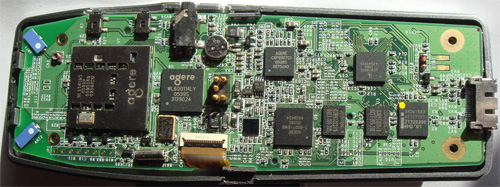Sorry about the ads that some of you are seeing on RSS feeds. It looks like over this weekend a script leveraged a vulnerability in WordPress to promote a draft post (hence the broken video), attach a bunch of ads to it, and publish it. I’ve demoted the post with all the ads but I’m still getting emails from readers that use RSS saying that they see ads appended to their feeds, so perhaps the hack has modified some of the core scripts for syndicating RSS feeds. I probably have to wipe and re-install wordpress to remove this problem, and probably manually edit the database as well, which will take some time…which seeing as I’m already late on posting last month’s Name that Ware you can tell I’m not having a lot of time these days. Thanks for your patience…
In the meantime, if someone can confirm that their RSS reader is still seeing ads in-line with content after this post is up, I’d appreciate it.

